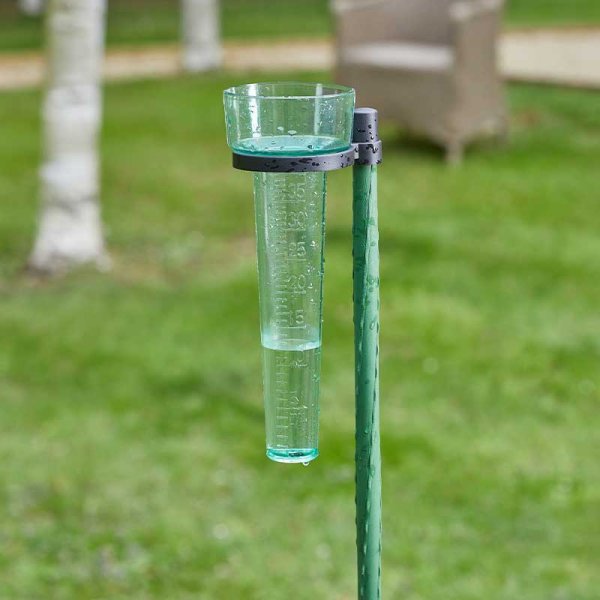Unveiling the Scientific Research Behind Rainfall Assesses: How These Instruments Play an Essential Duty in Climate Study and Environmental Monitoring
Rain determines, seemingly straightforward tools, hold an extensive significance in the world of environment research and environmental tracking. As we peel off back the layers of this clinical veil surrounding rain assesses, we discover a world where accuracy, information accuracy, and thorough monitoring converge to unveil a much deeper understanding of our changing climate and its impact on the earth.
Importance of Rainfall Gauges
Rain evaluates play a vital duty in surveillance and gauging rainfall levels, providing vital data for climate research study and analysis. These gadgets are essential in measuring the quantity of rainfall that occurs in a specific area over a specific period. By gauging and gathering rainwater, rain determines deal important understandings into the circulation and intensity of rainfall, helping meteorologists, hydrologists, and climatologists in understanding weather patterns and trends.
One of the key reasons why rain assesses are crucial is their capability to provide local and precise information. Unlike satellite or radar-based measurements, which use broader observations, rain evaluates offer exact info particular to the area where they are put. This local data is crucial for numerous applications, consisting of flooding projecting, drought tracking, and water source management. In addition, long-term data collected from rainfall gauges aids in assessing environment modification impacts and patterns, contributing substantially to clinical study and decision-making procedures. Fundamentally, rainfall determines work as important tools in the area of meteorology and ecological scientific research, playing a crucial duty ahead of time our understanding of weather condition and environment dynamics.
Kinds of Rainfall Scales

Capability and Procedure
In the realm of environment research study and meteorological researches, the efficiency of rain assesses lies in their intricate functionality and precise functional devices. Rain evaluates are developed to precisely measure the amount of precipitation that falls over a details area during a set period. These gadgets usually contain a channel that collects rain and networks it into a gauging tube. The gauging tube is noted with calibrated dimensions that enable the accurate metrology of rainfall.
The capability of rain evaluates is based upon the principle of accumulating and determining rainwater in a standard way. This accumulated information anonymous is important for comprehending neighborhood weather patterns, tracking long-lasting environment fads, and evaluating environmental influences. To make sure accurate measurements, rainfall determines demand to be purposefully positioned in open areas away from blockages such as buildings or trees that might disrupt the collection process.
The functional element of rainfall gauges includes regular maintenance to stop debris build-up, calibration checks to preserve dimension accuracy, and information recording for evaluation (rain gauge). Overall, the functionality and procedure of rain assesses are crucial for collecting trustworthy rainfall data crucial to environment research study and environmental surveillance
Function in Environment Research
Given the critical relevance of exact rainfall measurements in understanding weather condition patterns and ecological influences, the role of rainfall assesses in environment study is important. Rain determines give vital information for climate study by evaluating the amount of rainfall that drops over a details area throughout an offered duration. This data is crucial for keeping an eye on long-term fads in rainfall patterns, assessing the impact of environment modification on rainfall distribution, and improving environment designs.

Climate researchers make use of information gathered from rainfall evaluates to examine variants in rainfall levels, identify local environment patterns, and evaluate the efficiency of water resource management methods. By comparing historical rainfall data with current measurements, scientists can spot shifts in rainfall patterns, such as modifications in the frequency or strength of rainfall events. This information is vital for understanding just how environment modification is affecting rainfall dynamics and can assist policymakers make educated decisions relating to adaptation and reduction techniques.
Applications in Environmental Surveillance

In flood projecting, rain scale information helps to track rainfall strength and circulation, allowing authorities to issue prompt cautions and take essential actions to reduce flooding threats (rain gauge). Dry spell surveillance relies upon rainfall scale data to assess wetness degrees in the dirt and track precipitation shortages, helping in the identification of drought-prone locations and the application of drought response approaches
Furthermore, rain gauge data plays a crucial role in water source monitoring by providing info on water accessibility and use check out this site fads. Additionally, in agriculture, rainfall scale data aids farmers in optimizing irrigation schedules, crop choice, and total farm management methods based on local rainfall patterns.
Conclusion
Finally, rain determines are essential devices for gauging precipitation, supplying valuable data for climate study and environmental monitoring. With different types and capabilities, rain determines play an essential duty in understanding precipitation patterns and their influence on the setting. By precisely measuring rains, these devices add to the innovation of scientific expertise and assistance in making informed choices associated to water source administration and calamity readiness.
Rainfall assesses play an essential duty in monitoring and measuring precipitation levels, offering essential information for environment research and evaluation. The standard rainfall scale, recognized as the "tipping pail" scale, is one of the most typically made use of tools. Ultrasonic rain gauges use noise waves to spot the presence of rain, providing real-time data on precipitation degrees.Climate scientists make use of data collected from rainfall gauges to examine variations in precipitation degrees, determine local environment fads, and review the performance of water source monitoring strategies.In conclusion, rainfall assesses are crucial devices for measuring precipitation, providing beneficial data for environment research study and environmental tracking.